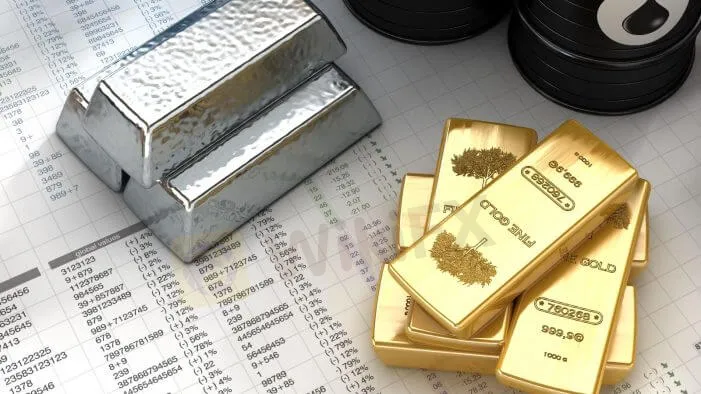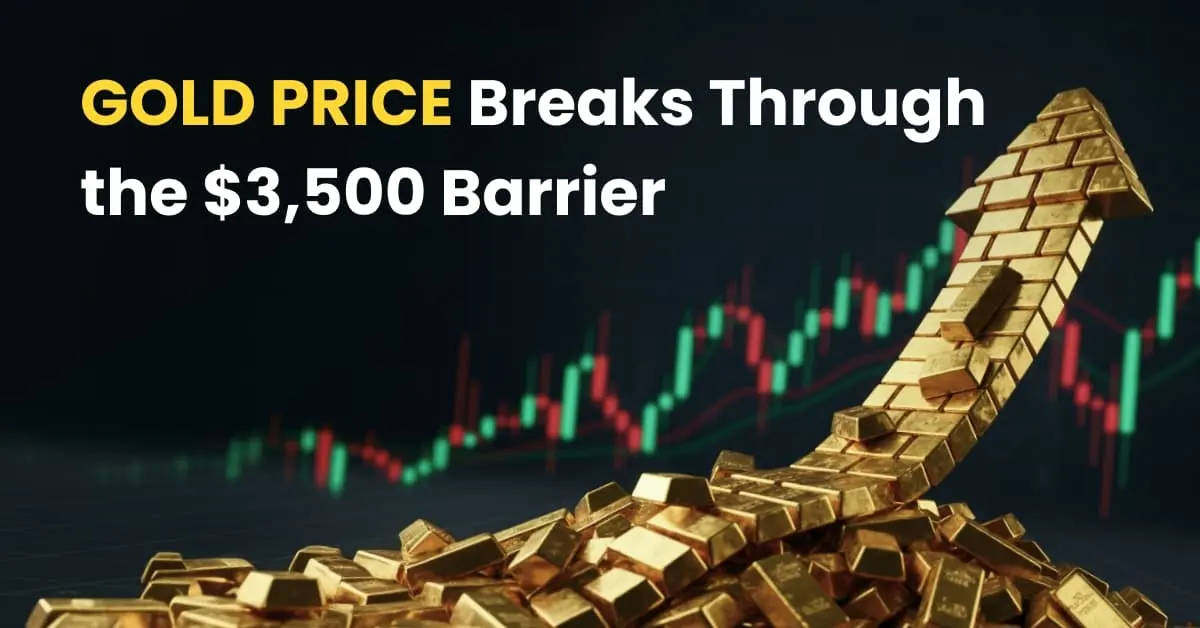【MACRO Insight】Gold and silver have become market hotspots, with attention and supply shortages driving the momentum!
Abstract:On Monday's US session, geopolitical tensions and a weak dollar propelled gold prices, breaking through the $2355 mark, with silver briefly surging by 4%. Analysts at XStreet cautioned that speeches from the Federal Reserve and US first-quarter GDP data will impact gold trading, with the market placing lower bets on Fed rate cuts, potentially exerting selling pressure on gold. Meanwhile, Indian gold imports may decline by nearly one-fifth.

On Monday's US session, geopolitical tensions and a weak dollar propelled gold prices, breaking through the $2355 mark, with silver briefly surging by 4%. Analysts at XStreet cautioned that speeches from the Federal Reserve and US first-quarter GDP data will impact gold trading, with the market placing lower bets on Fed rate cuts, potentially exerting selling pressure on gold. Meanwhile, Indian gold imports may decline by nearly one-fifth.

Spot gold is currently trading around $2350 per ounce. A recent report by ANZ Bank pointed out that despite the dollar softening again and US bond yields easing, gold prices continue to maintain upward momentum.
This rise is primarily attributed to a significant increase in Chinese gold demand in the first quarter of 2024, with geopolitical risks continuing to support safe-haven demand. China is currently the major consumer of gold, surpassing India in 2023 to become the world's largest buyer of gold jewelry. According to data from the World Gold Council, Chinese consumers purchased 603 tons of gold jewelry last year, a 10% increase from 2022. It is expected that jewelry demand in China will continue to remain high this year, even higher than in 2023.
UBS strategists raised their gold price forecast in last week's report, expecting it to rise to $2500 per ounce by the end of September and to $2600 per ounce by the end of the year. They believe that strong demand in China, coupled with a series of weak US economic data in April, led the market to reassess the prospects of Fed rate cuts, prompting them to be bullish on gold. Higher interest rates typically put pressure on gold as they make US bonds more attractive to investors.

For the “poor relative” of gold - silver, how about that? Despite silver typically being seen as the lesser companion to gold, there is a positive correlation between their prices, albeit with silver's reaction usually lagging behind gold.
Nikos Kavalis, Managing Director at precious metals consultancy firm Metals Focus, told CNBC via email: “Silver's performance may be more intriguing - it has finally managed to catch up with gold.” He explained that as the market becomes increasingly confident in gold's bull run, more investors are turning their attention to silver.
Against a backdrop of heightened investor interest and tight supply, silver prices broke through $32 per ounce last week, hitting their highest level in over a decade. “We believe that silver is actually the precious metal best positioned to benefit from rising gold prices. There is a strong correlation between the two,” said Twyse. She added that when the Fed loosens policy, silver will be in a favorable position to “truly outperform gold,” especially with supply-demand fundamentals remaining tight.

Silver is widely used in the industrial sector, commonly found in the manufacturing of automobiles, solar panels, jewelry, and electronic products. Kavalis also pointed out that other precious metals such as platinum, palladium, and rhodium have all experienced shortages this year, which could support their prices. Despite both gold and silver pulling back from historic highs, their trading prices are still hovering near those levels, with analysts expecting them to strengthen over the next 12 months.
Read more

Gold Price Breaks Through the $3,500 Barrier
Gold prices climbed sharply this week, breaking above the $3,500 per ounce level for the first time, as investors sought safety amid ongoing economic uncertainty and shifting monetary policy expectations.

Gold Soars Above $3,350 as XAU/USD Rallies on Trade Tensions
Gold (XAU/USD) surges past $3,350 amid renewed trade tensions and safe-haven demand. Discover the latest price action, technical levels, and market drivers.

Revealing Factors That Help Determine the Gold Price in India
Want to know why gold prices differ from one place to another in India? It's because of these top reasons. Read this interesting gold story.

Gold Rush Again: What's Driving the Bullion Market Crazy Ahead of US Jobs Data?
Gold prices rebounded on July 1 owing to a declining US dollar and mounting concerns over US trade tariffs. Investors resorted to the yellow metal as key US economic and policy data is about to be made public.
WikiFX Broker
Latest News
Adam Capitals Review 2025: A Detailed Look at an Unregulated Broker
The "Balance Correction" Trap: Uncovering the Disappearing Funds at Vittaverse
NordFX.com Review Reveals its Hidden Negative Side- Must-Read Before You Trade
RM460,000 Gone: TikTok Scam Wipes Out Ex-Accountant’s Savings
Thailand Seizes $318 Million in Assets, Issues 42 Arrest Warrants in Major Scams Crackdown
Polymarket Launches First U.S. Mobile App After Securing CFTC Approval
Tauro Markets Review: Tons of Withdrawal Rejections & Trading Account Terminations
Pemaxx Review 2025: Is it a Scam? License Revoked and Withdrawal Complaints Exposed
The Problem With GDP
Trade.com Review & Complaints Hidden from New Investors! Tell Different Story
Rate Calc


